Complete Band Reverse Wrist Curl Exercise Guide
Learn everything about Band Reverse Wrist Curl exercise including proper form, muscles worked, benefits, variations, alternatives, and common mistakes to avoid.
Muscles Worked & Equipment
Primary Muscles
Secondary Muscles
Equipment Needed
Muscle Categories
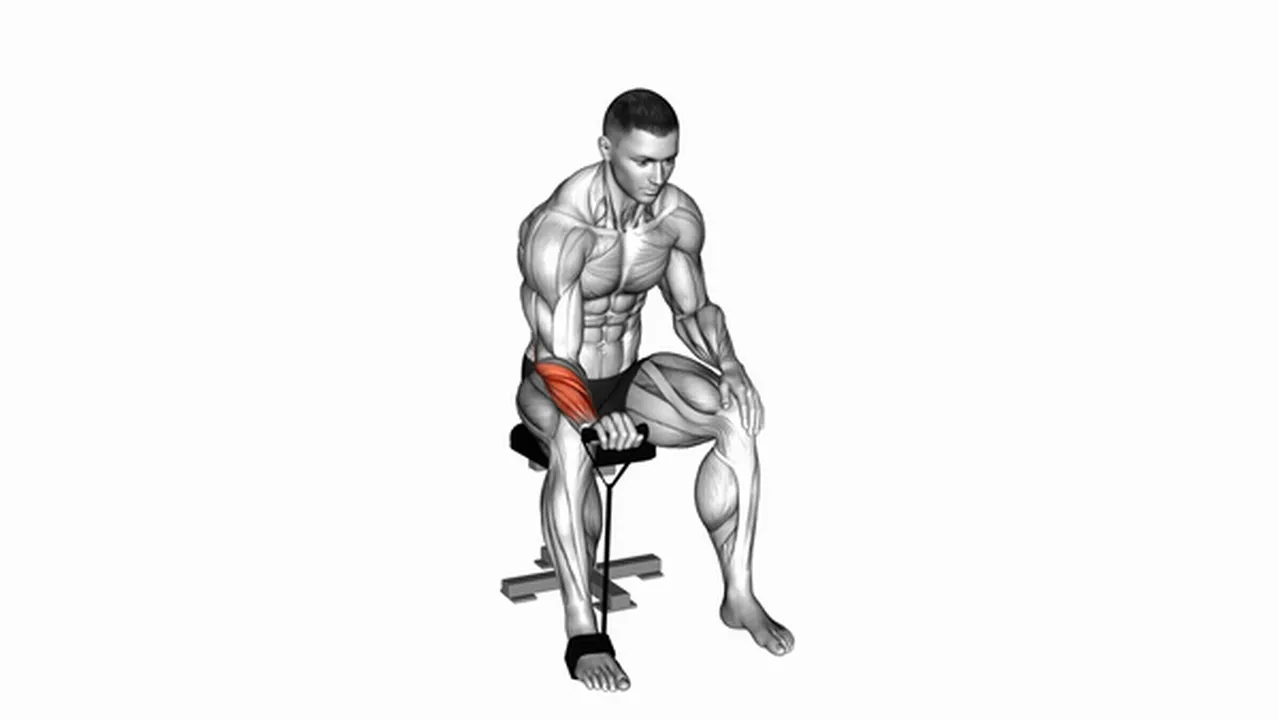
Introduction
1.
Strong forearms help with many lifts and everyday activities like opening jars or carrying groceries.
2.
This exercise focuses on the muscles that straighten your wrist (extensor muscles).
3.
These muscles are important for a variety of movements and activities.
4.
It's a great addition to any workout routine, whether you're an athlete, weightlifter, or just want a stronger grip.
5.
It helps build overall strength and can be useful in sports or daily life.
6.
The Band Reverse Wrist Curl can also be helpful in physical therapy.
7.
It can help people recover from wrist injuries by gently strengthening the muscles.
 Zylo AI
Zylo AI
Free Calorie
Counter
App
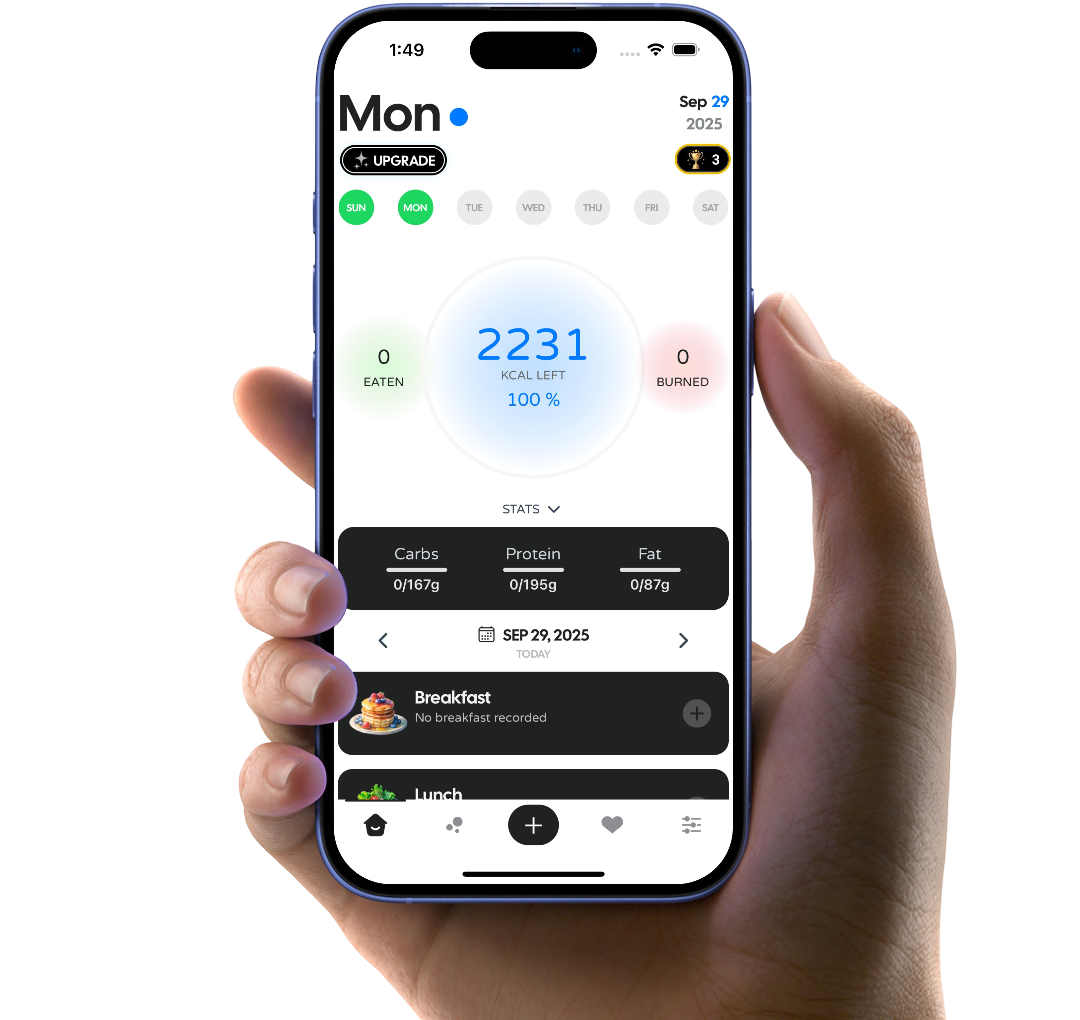




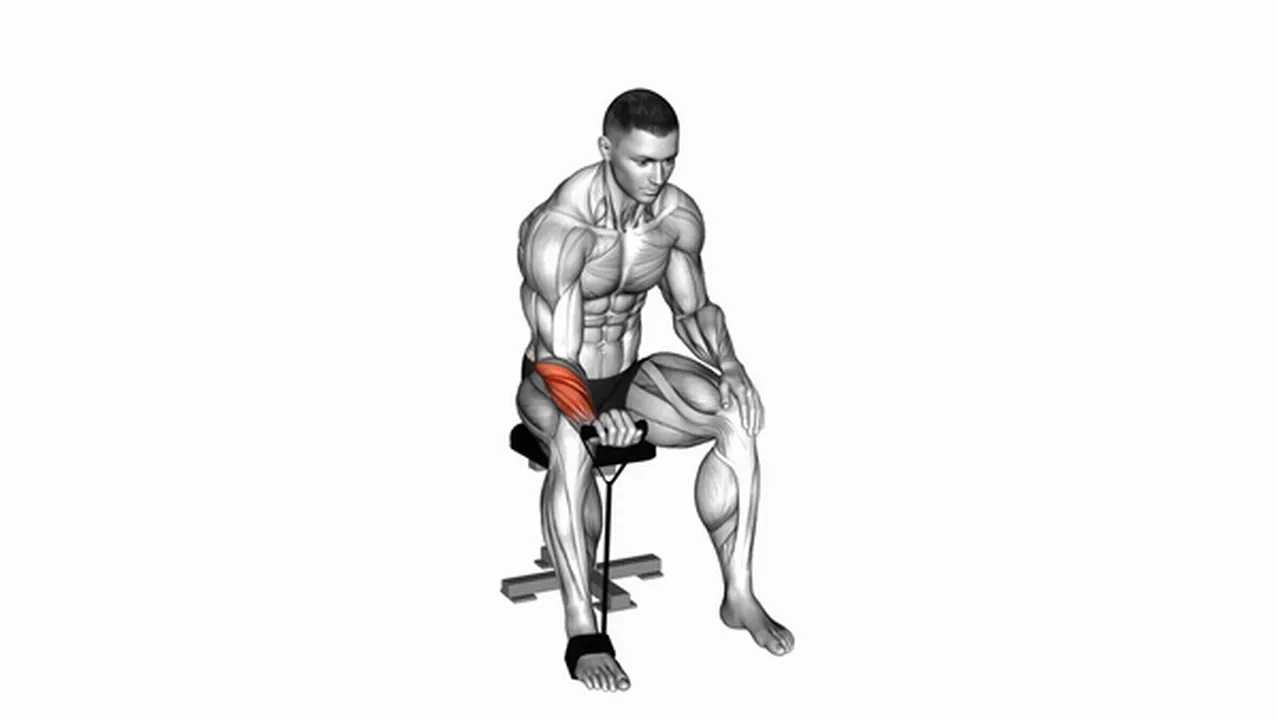
What are the benefits of Band Reverse Wrist Curls?
1.
Better Grip: A stronger grip means you can lift heavier things and do better in sports like rock climbing or weightlifting. This exercise helps improve your overall hand strength.
2.
Stable Wrists: This exercise helps keep your wrists stable. Stronger wrists are less likely to get injured when you're doing things like carrying heavy objects or playing sports.
3.
More Defined Forearms: If you want more defined muscles in your forearms, this exercise can help. It targets the muscles that make your forearms look bigger and more toned.
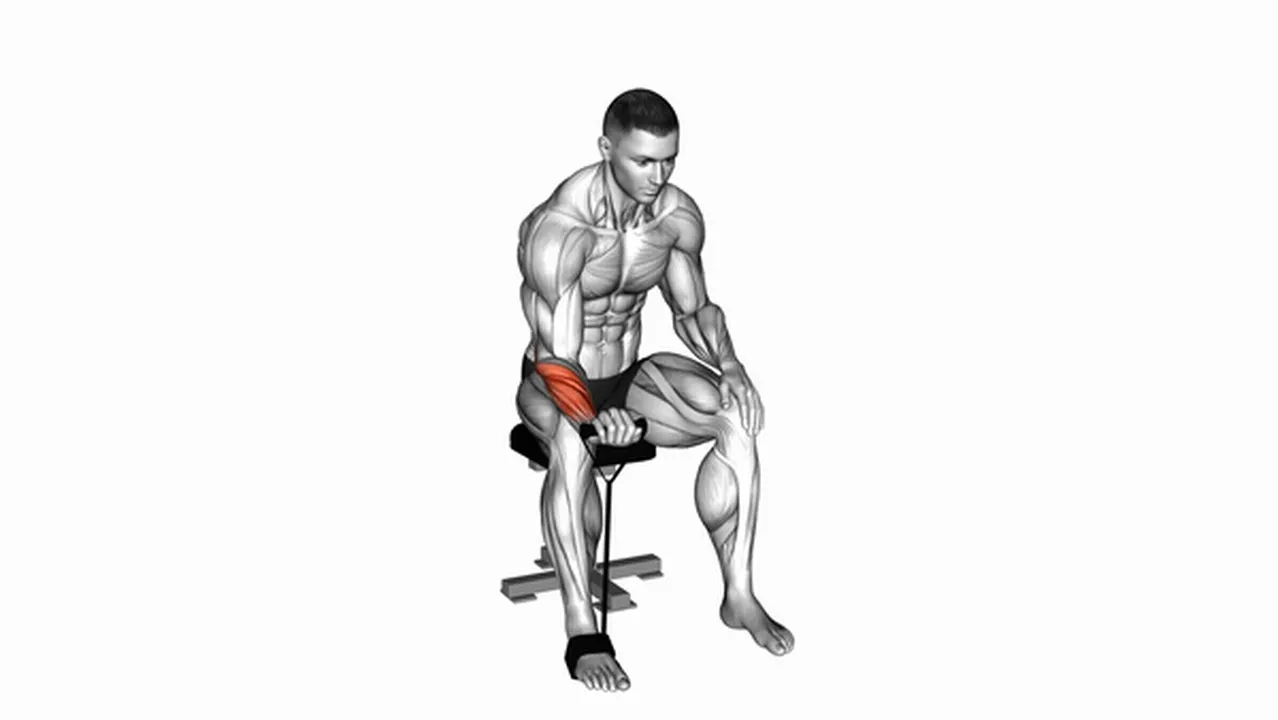
How to do Band Reverse Wrist Curls?
1.
Set Up the Band: Place a resistance band under your feet. Hold one end of the band in each hand. Your palms should face down.
2.
Arm Position: Rest your forearms on your thighs. Let your wrists hang over the edge of your thighs. This is important to keep your forearms still during the exercise.
3.
Starting Position: Let your wrists hang down. You should feel the band pulling a little.
4.
The Curl: Slowly lift your wrists upwards, towards the ceiling. Only your wrists should move; your forearms stay put.
5.
Go Back Down: Slowly lower your wrists back to the starting position. Control the movement; don't just let the band pull your wrists down.
6.
Important Tip: Do the exercise slowly and carefully. This helps your forearm muscles work better and keeps you from getting hurt. Focus on feeling your forearm muscles working.
7.
Repeat: Do this movement several times. Take a break if you need to.
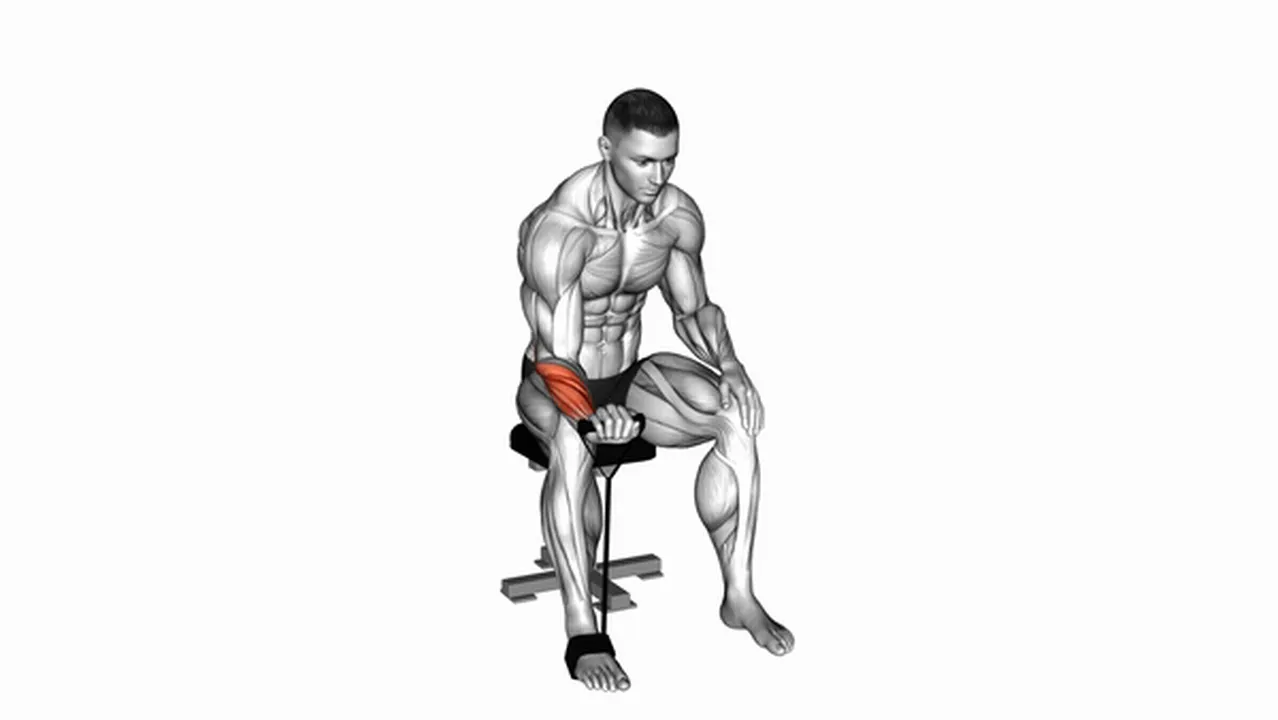
Common Band Reverse Wrist Curl variations
1.
Cable Reverse Preacher Curl: This uses a cable machine. The cable keeps your muscles working hard the whole time, helping them grow stronger. It also makes your grip and wrists more stable.
2.
Barbell Reverse Curl: This exercise works your forearms and biceps. It's a good choice if you want to build bigger arms overall and improve your grip strength for everyday tasks.
3.
Dumbbell One-Arm Reverse Wrist Curl: This lets you work each arm separately. This is helpful if one arm is weaker than the other, helping to even things out. It really focuses on the muscles that straighten your wrist.
4.
Each of these exercises has its own advantages. Try them and see which ones you like best to add to your workout!
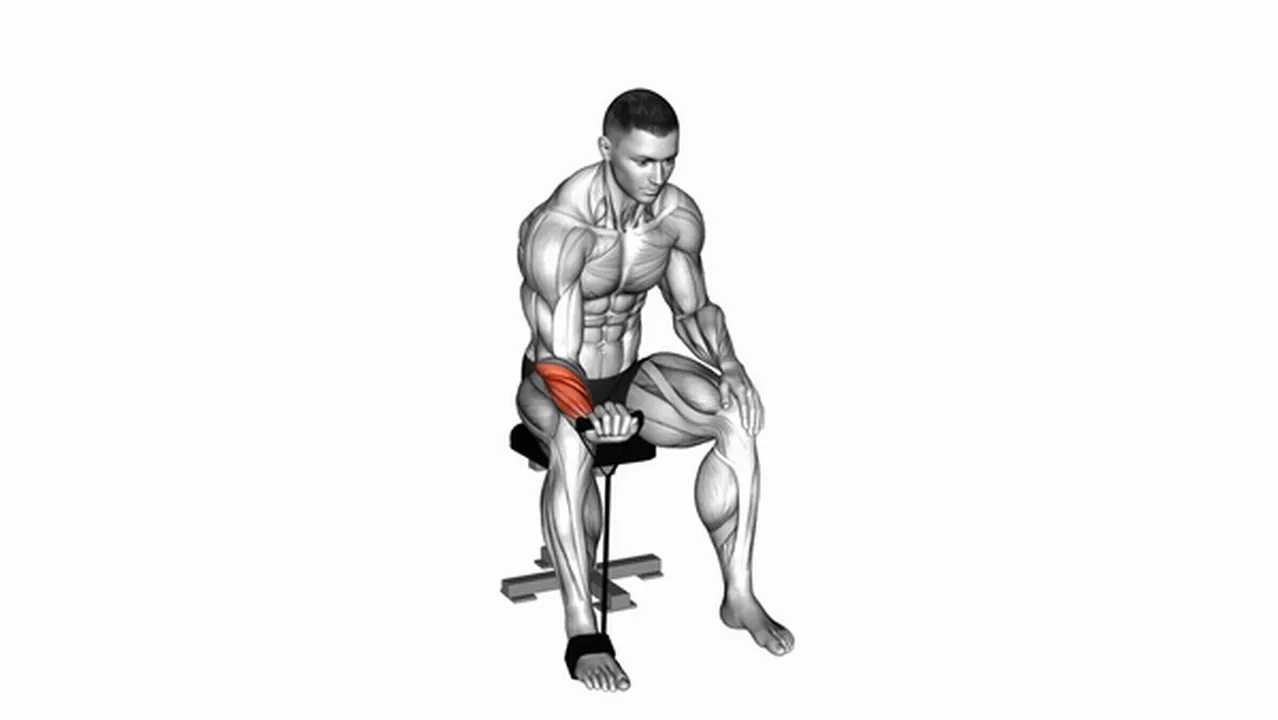
Alternatives to Band Reverse Wrist Curls
1.
Dumbbell Over Bench Reverse Wrist Curl: Lie on a bench with your forearms resting on the edge. Curl dumbbells upwards. This focuses on the muscles that straighten your wrist and lets you move your wrists through a bigger range, working the muscles more.
2.
Cable Reverse Wrist Curl: Use a cable machine. The weight stays the same throughout the movement, which keeps your muscles working hard the whole time. You can easily adjust the weight as you get stronger.
3.
Barbell Reverse Wrist Curl: Use a barbell. This is good for building overall forearm size and grip strength. You can use heavier weights than with dumbbells or bands, so it's great for getting really strong.
4.
All these exercises work the same muscles in your forearms. They also help your grip get stronger, improve wrist stability, and make your whole upper body stronger.
5.
Try each exercise to see which one you like best and fits your workout plan!
 Zylo AI
Zylo AI
Free Calorie
Counter
App





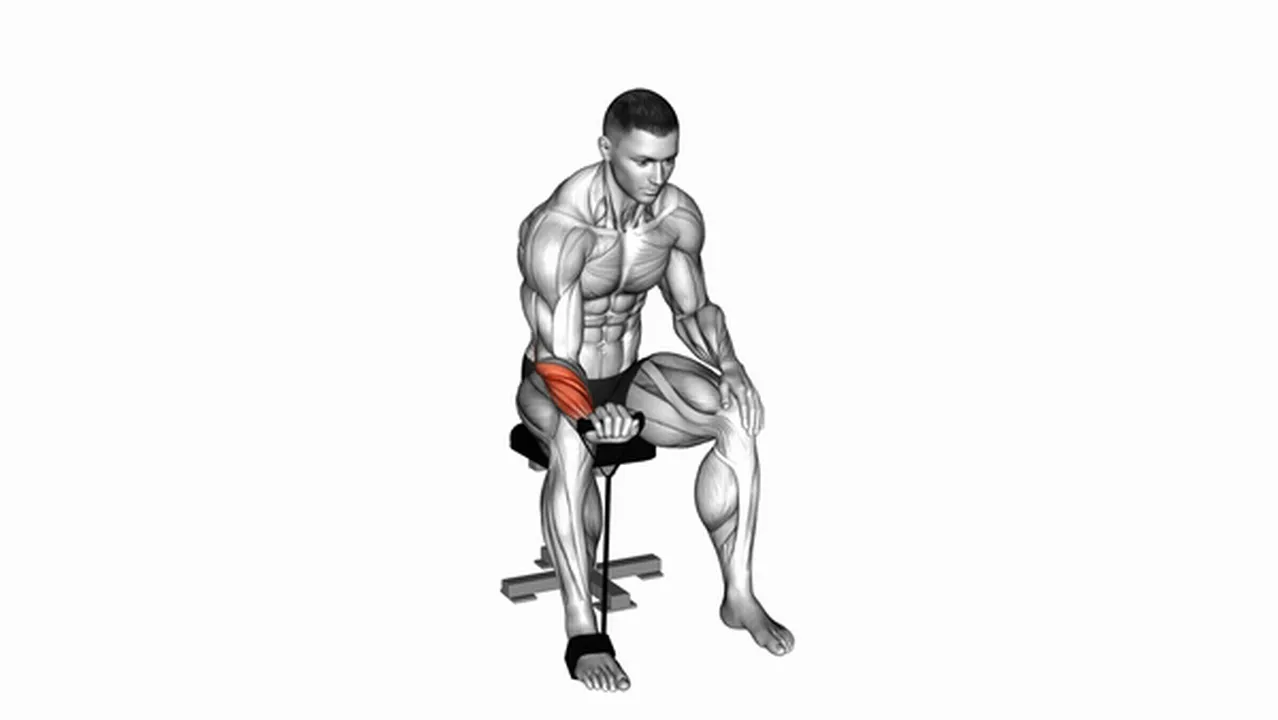
Common mistakes during Band Reverse Wrist Curls
1.
Keep your wrists straight: Your wrists should be in a straight line throughout the exercise. Don't bend them too much forward or backward. Keep your forearms still and only move your hands. This helps you focus the work on your wrist muscles.
2.
Don't rush the movement: Perform the exercise slowly and smoothly. Fast movements reduce how much your muscles work and increase the risk of injury. Focus on controlling the weight during both the upward and downward parts of the exercise. A slower, controlled movement makes the exercise more effective.
3.
Maintain proper form: Good posture is important. Sit or stand tall with your elbows resting on your thighs or a stable surface. This keeps your body stable and prevents you from using other muscles to help with the exercise. Concentrate on using only your wrist muscles.
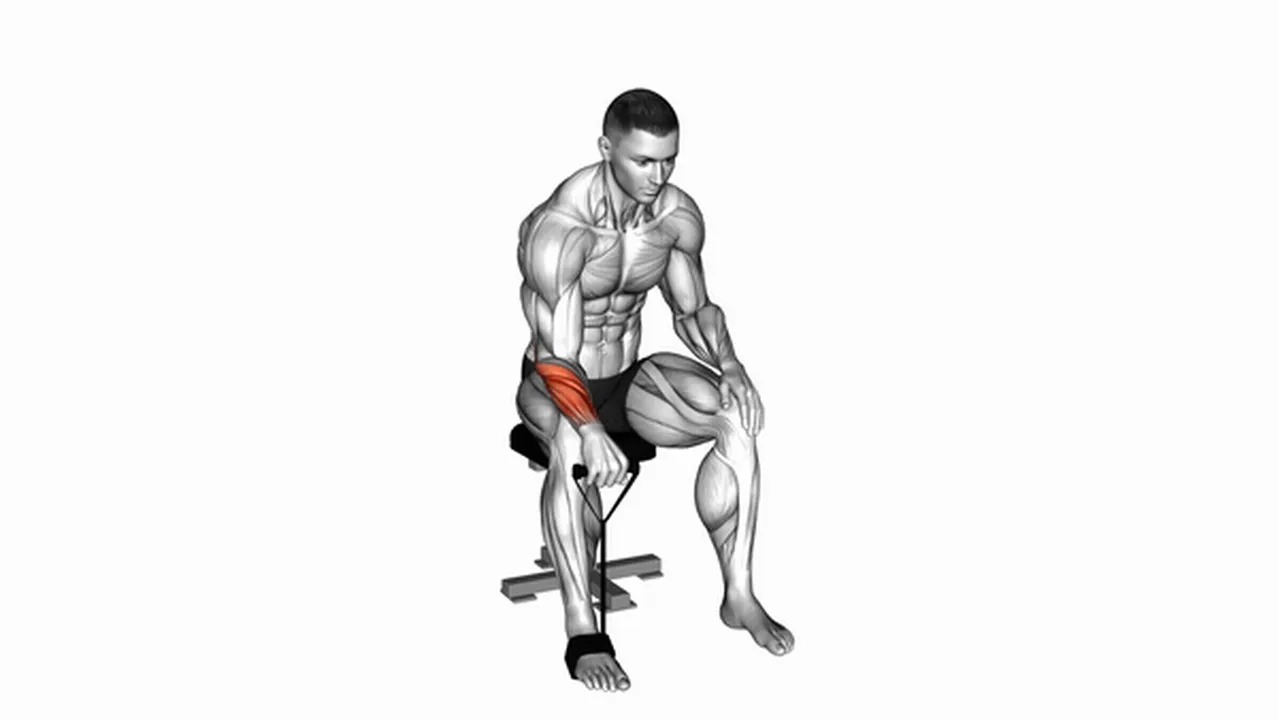
Takeaway
1.
This exercise targets muscles often neglected in regular workouts, leading to significant improvements in overall strength and hand power.
2.
Proper form is crucial to avoid injuries and get the most out of each repetition. Focus on slow, controlled movements.
3.
Start by choosing a resistance band that challenges you without causing pain. You should feel the work in your forearms, not your shoulders or elbows.
4.
Sit comfortably with your forearms resting on your thighs, palms facing up. Secure the band around your feet.
5.
Slowly curl your wrists upwards, focusing on squeezing your forearm muscles. Don't use momentum; control the movement.
6.
Lower your wrists back down with the same controlled motion, feeling the stretch in your forearms.
7.
Aim for 2-3 sets of 10-15 repetitions, resting for a minute between sets. Increase the resistance or repetitions as you get stronger.
8.
Gradually increase the difficulty. As you get stronger, you can increase the resistance of the band, add more reps, or add more sets to your workout.
9.
Listen to your body. If you feel any pain, stop the exercise and consult a doctor or physical therapist.
 Zylo AI
Zylo AI
Free Calorie
Counter
App





Disclaimer: The routines and schedules featured on our website are for informational purposes only and do not constitute medical or professional advice. Individual preferences, goals, and daily routines may vary significantly. Please note that some product links within our content are affiliate links. While not all routines have been explicitly endorsed by the individuals mentioned, we strive to ensure the accuracy and timeliness of the information we provide.
Disclaimer: Zylo AI(BR) does not provide medical advice, diagnosis, or treatment. Any information published on this website or by this brand is not intended as a replacement for medical advice. Always consult a qualified health or mental health professional with any questions or concerns about your mental health.
